TIPS & TECHNIQUES FOR COOKING FISH
To borrow a rhyme from Dr. Seuss: Round fish, flat fish, lean fish, fat fish. Did you know that the shape or the fat content of a fish can be useful in determining how it should be cooked?
ROUND FISH VS. FLAT FISH
Round Fish
Round fish are the most common classification of fish, and what you generally think of when you imagine a fish shape. They have a long, rounded shape and eyes on either side of their body. Their meat can be separated into two fillets, cut from either side of the backbone & belly.
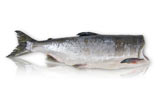
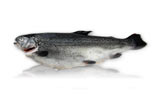

Examples: salmon, trout, & rockfish/red snapper.
Flatfish
Flatfish are just that – flat. They tend to have both of their eyes on one side (the top) of their body, and leathery inedible skin that must be removed prior to consuming. Flatfish have four smaller fillets, two on either side of their spine on top, two on either side of the spine on bottom.
Examples: sole & halibut.
LEAN FISH VS. FATTY FISH
LEAN Fish
Lean fish can have as little as .5% fat. They cook quickly and can dry out easily if roasted or baked. They’re often served with sauces.
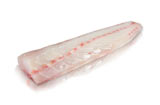
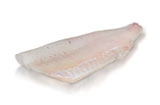
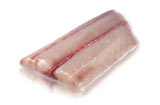
Examples: cod, sole, flounder, striped bass, mahi mahi, red snapper/rockfish, tilapia, perch, pike and halibut.
Recommended cooking techniques: Poach, steam, fry, or sauté. If broiling or baking lean fish, be sure to baste them frequently to keep them from drying out.
Fat fish
Fatty fish have a higher oil/fat content (some as high as 20%) that gives them rich flavor and keeps them from drying out.
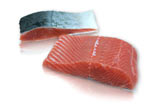
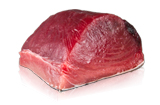
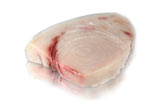
Examples: salmon, yellowfin tuna, rainbow trout, swordfish, sea bass, black cod (sablefish), Spanish mackerel, Arctic char, ono/wahoo, whitefish, bluefish, and sturgeon.
Recommended cooking techniques: Broil, bake, pan sear, poach, steam. In general, fatty fish are not well suited to frying – many become too oily or greasy. Some fatty fish are better suited to sautéing than others, depending on their oil content.


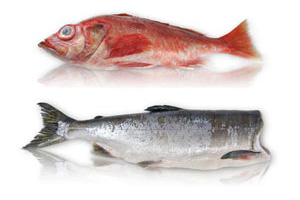
Comments 1
My family and I love fish. My Father-In-Law and my Dad both love to fish so I get many fresh supplies all the time, lucky me. So, this is very helpful. Thanks for sharing the knowledge. 🙂